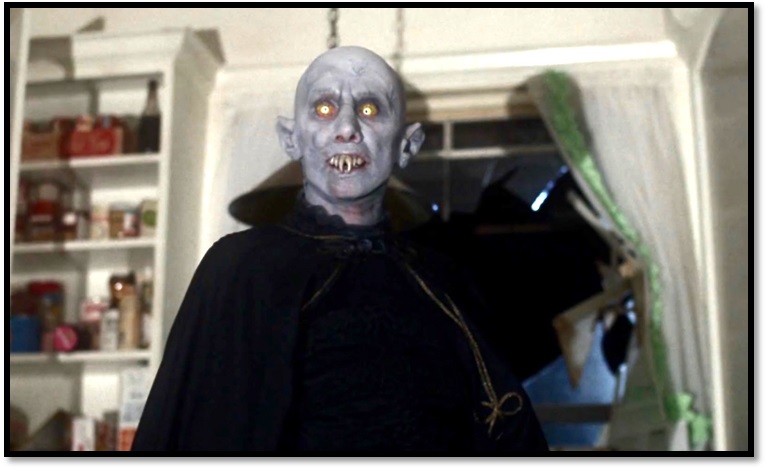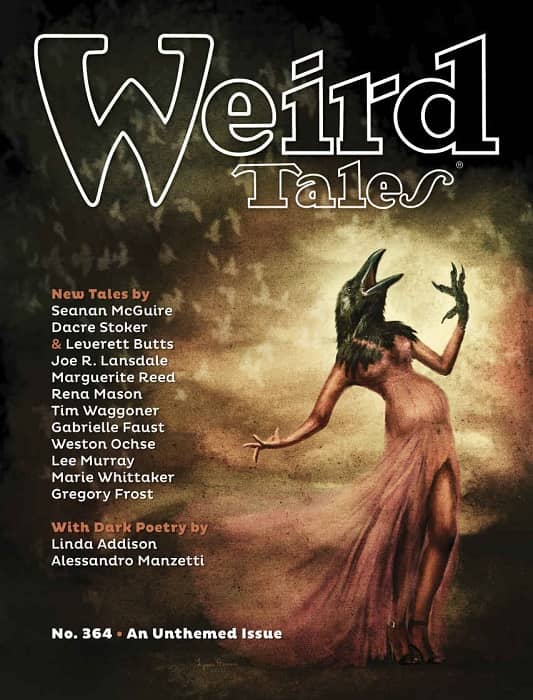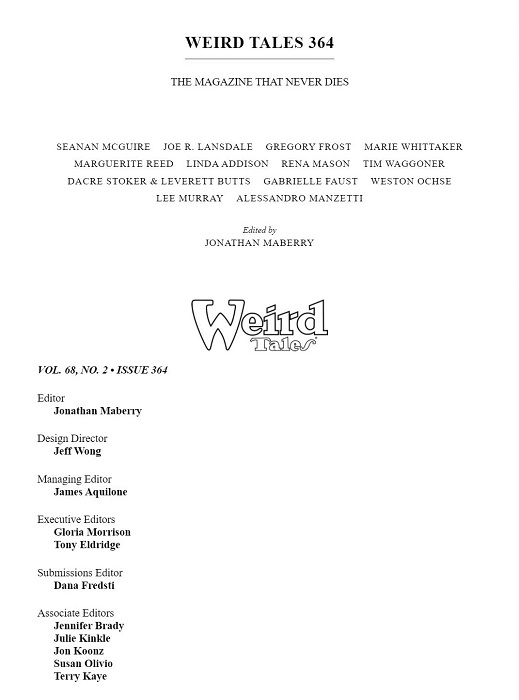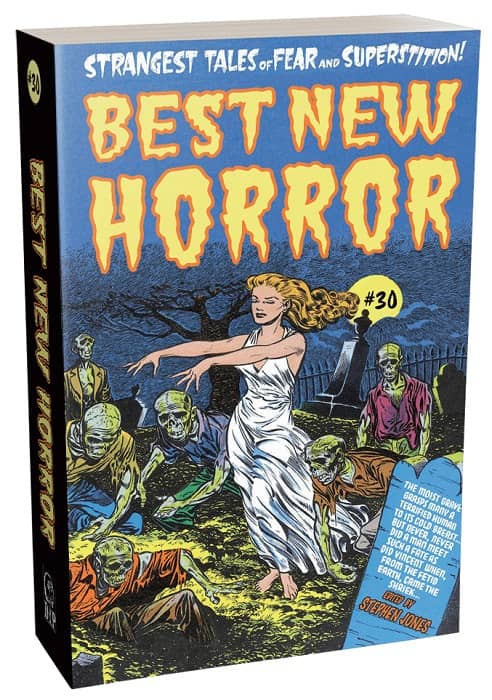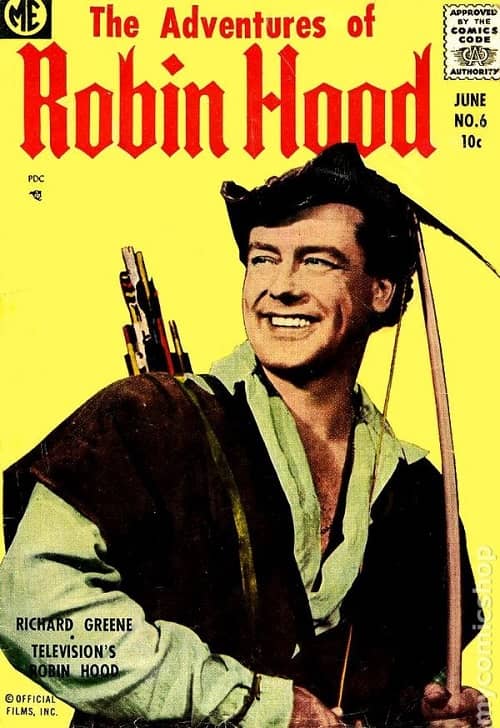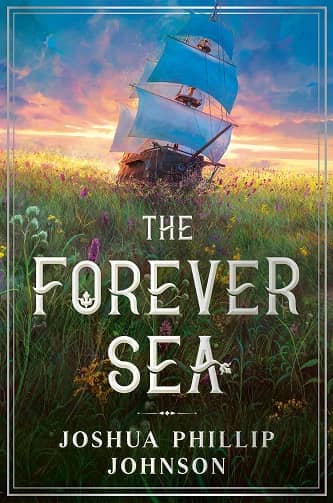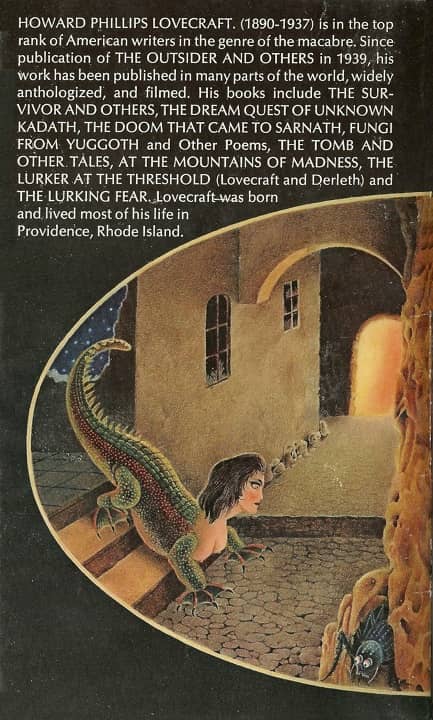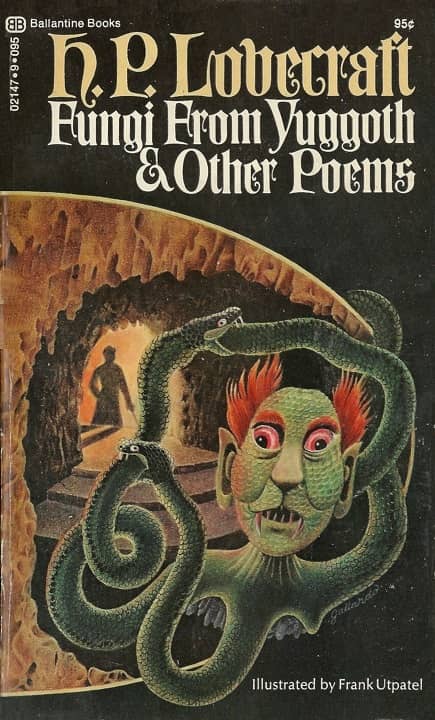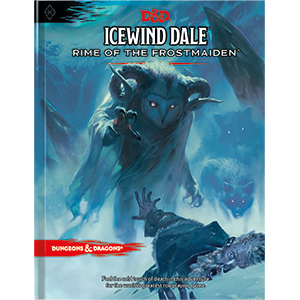A Near-Perfect Blend of Detective Story and Military SF: The Planetside Trilogy by Michael Mammay
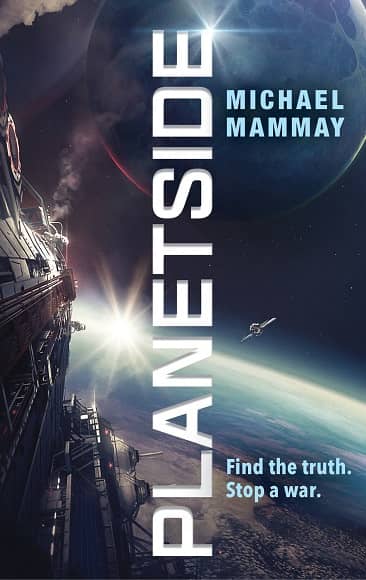 |
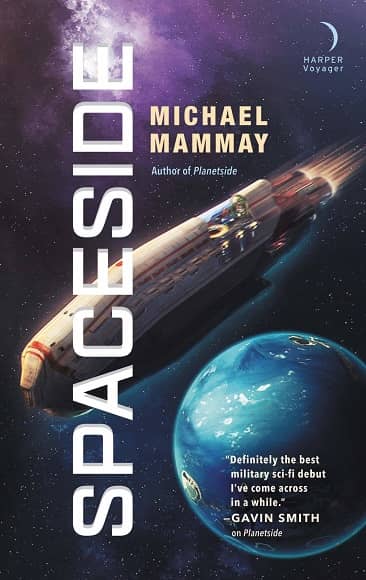 |
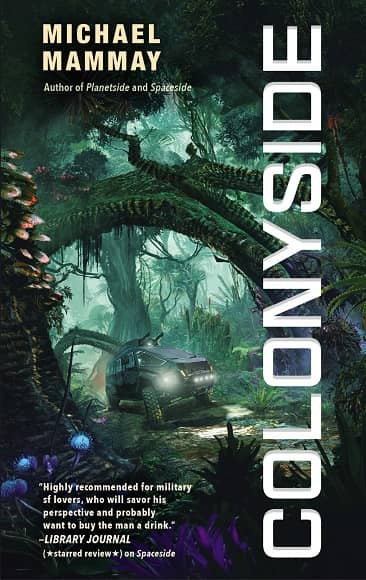 |
The Planetside Trilogy by Michael Mammy. Covers by Sébastien Hue
I discovered Michael Mammay’s debut novel Planetside, the opening novel in a new military SF trilogy, while browsing a list of the most interesting new sci-fi of July 2018 at io9. They summed it up as:
A semi-retired war hero takes on a mission at the behest of an old friend, searching for an important officer’s MIA son. But what seems like a simple search-and-rescue gig soon gets a lot more complicated when he arrives on the far side of the galaxy and discovers a strange, ravaged planet teeming with secrets.
When volume #2, Spaceside, arrived a year later, Jeff Somers at The Barnes & Noble Sci-Fi & Fantasy Blog included it in his Best Science Fiction & Fantasy Books of August 2019, saying:
Last year, Michael Mammay’s Planetside delivered a near-perfect blend of detective story and military sci-fi. The sequel finds Colonel Carl Butler returning from his assignment in that book with a split reputation — part hero, part outcast. He’s once again forced into retirement, but this time he at least gets a cushy corporate job that capitalizes on his military reputation. When he’s asked by his bosses to investigate a devastating hack of a competitor’s computer systems — a hack no one will take responsibility for — Butler finds himself caught in a dangerous web that has him doubting his own mind even as he suspects he’s onto something much bigger than simple corporate espionage.
After all that you can understand why I kept my eye out for the third book. Colonyside arrived right on time on December 29, 2020, to warm reviews. In a starred review Library Journal said it’s “Highly recommended for readers who like their heroes cynical, their mystery twisted, and their sf thought-provoking.” That’s all the endorsement I need. All three books were published as paperback originals by Harper Voyager, with covers by Sebastien Hue. Here’s the complete details.
Planetside (370 pages, $7.99 paperback/$6.99 digital, July 31, 2018)
Spaceside (368 pages, $7.99 paperback/$5.99 digital, August 27, 2019)
Colonyside (384 pages, $7.99 paperback/$5.99 digital, December 29, 2020)
See all our coverage of the best SF and fantasy series old and new here.
